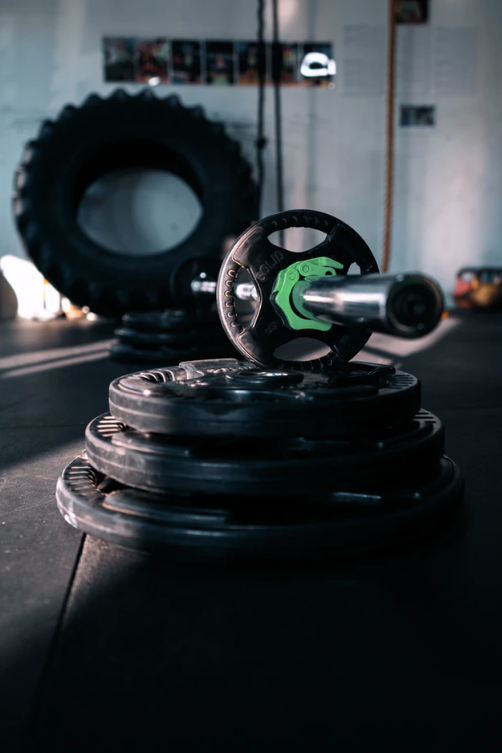<p><a href="https://medusamagazine.com/wp-content/uploads/2019/10/Dont-Push-Through-This-Pain-4-Common-Workout-Injuries.png"><img class="aligncenter wp-image-5857 size-full" src="https://medusamagazine.com/wp-content/uploads/2019/10/Dont-Push-Through-This-Pain-4-Common-Workout-Injuries.png" alt="" width="502" height="753" /></a></p>
<p>We’re all familiar with the slogan ‘no pain, no gain’ but in reality, it’s not the best motivation. Sometimes injuries do happen and trying push through the pain can actually make them a lot worse. If you’re experiencing pain from any of these four common injuries, it’s time to take a break and seek treatment.</p>
<h2>Lower Back Pain</h2>
<p>This may not be something that you think of as an injury, but you really should start to. Low back pain can be a result of straining of the lower back muscles surrounding the spine. The pain could be due to overuse, spinal issues, or bulging discs. It’s best to take some time away from the gym and see how your back heals. If you’re having issues healing, it’s best to seek some expert advice to identify the cause of your lower back pain.</p>
<h2>Shoulder Strain</h2>
<p>When you think of shoulder strain, your mind may immediately jump towards rotator cuff problems. When your training program is progressing weight too quickly, requiring too much use, or you’re using improper form, you’ll notice pain in your shoulder. If you continue to work through this type of pain, it could lead to long-term rotator cuff problems. Give it some time to heal and review your training program as well as your form to see if any corrections need to be made.</p>
<h2>Elbow Pain</h2>
<p>Elbow pain is a common injury among athletes and weightlifters. Its typical cause is the overuse of the muscle with too much volume during your workout or activity. Give your elbow some time to rest and see if it reduces your pain levels. If not, you may want to seek the help of an orthopedic hand specialist who will be able to examine your arm and hand for other potential pain causes.</p>
<h2>Hip Pain</h2>
<p>Hip pain is a big one for many people. Since there are multiple muscles in the hip, there are various issues that can occur when it comes to strains and impingement. Some of the most common issues include hip impingement, hip flexor strain, and piriformis syndrome. These are typically caused by excess training volume, excessive uphill running, muscular imbalances, and hip tightness. Try reducing your training volume and opt for fewer uphill activities. If you’re still noticing problems, it’s best to speak with your doctor to identify the cause of your hip pain.</p>
<p>Working out is great for the heart and the soul. While working out is not always comfortable to do, you shouldn’t be in pain throughout your entire workout. If you notice pain from any of the above problems, it’s a good idea to take some time off and assess what the root cause of the pain is. This way, you can prevent future injury to the area.</p>

Don’t Push Through This Pain: 4 Common Workout Injuries
